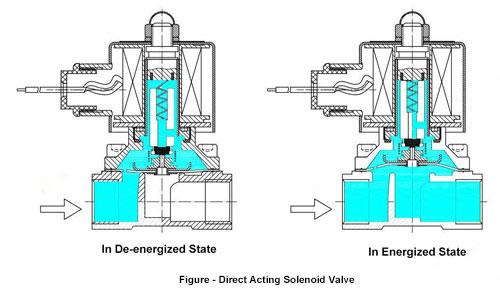Can Low Water Pressure Cause Solenoid Valves to Leak?
We run into water inlet solenoid valves in many different situations -- washers, dishwashers, refrigerators -- so it's important to have a firm grasp on exactly how they work. For example, I just talked with a tech recently who was wondering why low water pressure can cause inlet valves to leak.
It seemed counter-intuitive to him, and he's not wrong. Wouldn't it make more sense for high water pressure to cause leaking? But once you learn exactly how these valves work, it will all make sense.
First, the solenoid part. To boil it down, all a solenoid is is a coil of wire and a shaft that fits inside the coil. When current flows through the coil, it produces a magnetic field, which pulls the shaft into the coil and holds it there. Simple as that. If you put a plunger on the end of that shaft, then you've got the moving component of an inlet valve. When current flows through the valve coil, the shaft and the plunger lift, allowing water to flow.
That explains how the valve opens. But what about closing again? For this purpose, there's a spring that pushes the plunger back into place once the solenoid deactivates.
But keep in mind that this plunger has to make a tight enough seal to keep water at high pressure from leaking through. A little bitty spring isn't going to cut it. The simple solution to this is to use that high pressure to the valve's advantage. See the diagram below:

You see, the water is actually allowed to fill the space above the plunger. That means that when the valve isn't energized, the water pressure helps make the seal that keeps water from getting through the valve. Pretty nifty!
So now you see why low water pressure becomes a problem. Typically, water inlet valves have a minimum spec of 20 PSI. Anything less than that, and the water pressure just isn't enough to make a reliable seal. That's when you get inlet valves "weeping" -- letting a small, slow trickle of water through. Not a problem with the valves themselves, but with the water pressure coming to them.
Want to hone your appliance repair prowess by learning from the industry's best? Click here to enroll today in online, self-paced appliance repair training.
-
.png) 8
8
-
 1
1

.png.62a7d7300de75dfbd19764a318766630.png)


5 Comments
Recommended Comments